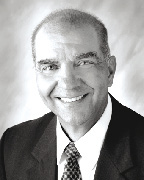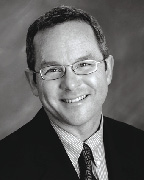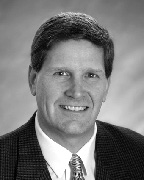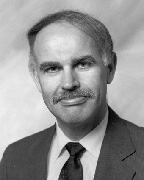Leadership transitions are challenging and stressful exercises. Done well they assure a firm's continued growth and survival. Executed poorly, firms can splinter, lose focus, and suffer staff attrition. Transitions should be addressed well before current leadership is ready to bow out, should bring to the process ancillary issues about a firm's structure and future direction, and be facilitated with the assistance of experienced outside consultants.
Harriman, a 90-person A/E firm located in Auburn, founded in 1870, had certainly gone through transitions many times before. I began thinking about my next steps. I had been president and CEO for 15 years and the time had come to identify new firm leadership.
Process begins. In 2005, the time to begin thinking seriously about leadership transition at Harriman arrived. The average age of the ownership group was in the low 50s, and they had been together for 15 years or more. At our annual meeting I indicated that I wanted to think about my future and that the group needed to think about the future of the firm and, more importantly, the leadership of the firm.
That fall we went on our annual retreat where we typically develop our annual strategic plan, but that year we focused on where we wanted the firm to be in 5 to 10 years. During the retreat, 35 directions and ideas surfaced. These were reduced to four themes that indicated we wanted to provide our clients with services that help them be successful, to build partnerships with our clients, to be financially successful, and to have a staff selection process that would help us achieve those goals.
The focus of our 2006 retreat was to identify leadership characteristics that we felt would be needed to move the firm in the direction we identified the previous year. We also came to the conclusion that no one person could possess all the characteristics we identified.
Facilitation. Having a qualified consultant experienced in organizational development and group dynamics was critical to the success of this process. We hired two consultants, each with their own specific skills and strengths, to guide us through the process. At the beginning of 2006, we agreed to have both consultants meet with each of the owners individually. Based on the firm direction and leadership characteristics we identified they asked two questions: do you have any interest in a leadership role at Harriman and, if not, whom could you support in that role. The result was that two people indicated an interest, and surprisingly enough, the others indicated they could support either of those two in a leadership role.
We found that both candidates had some of the characteristics we identified a year earlier that would benefit the firm. Their core values were very much in alignment even though their characteristics and skills were different. Each could play a leadership role, but it seemed a shame not to capitalize on what both could bring to the leadership position. I wondered if there was a way for the firm to benefit and asked both to think about ways they could collaborate in leading the firm.
As Harriman's leader, I held both the president and chair of the board positions as dictated by our bylaws. However, if one of the candidates were to serve as chair and the other as president, we would have the benefit of both individuals as well as create more accountability, which we lacked in the previous structure.
Expanded leadership. This restructuring of the leadership roles did take time and required the two candidates to spend about six months meeting and sharing their thoughts on leadership at Harriman. The new chair of the board is Patrick Costin, AIA, LEED AP, and the new president is Clif Greim, P.E. Patrick has been with the firm for almost 15 years and Clif 26 years. They are both well respected in the firm and in the community, and represent Harriman's commitment to a balanced A/E approach. Their vision and new roles position Harriman for the future to strengthen our client service model and to continue raising our level of design. Erik Greven, P.E. will continue as CFO.
I am now COO, which allows me to continue to contribute in a meaningful way. This will be the first time in the firm's history that a president has stepped down and assumed another role, providing me the opportunity to pass on experience and knowledge to the next generation.
Edward Cormier, P.E., is the COO of Harriman, Auburn, ME.
Tags:
The transition of new leadership at Harriman has been a well executed multi-year process
April 30, 2008 - Northern New England
.png)










